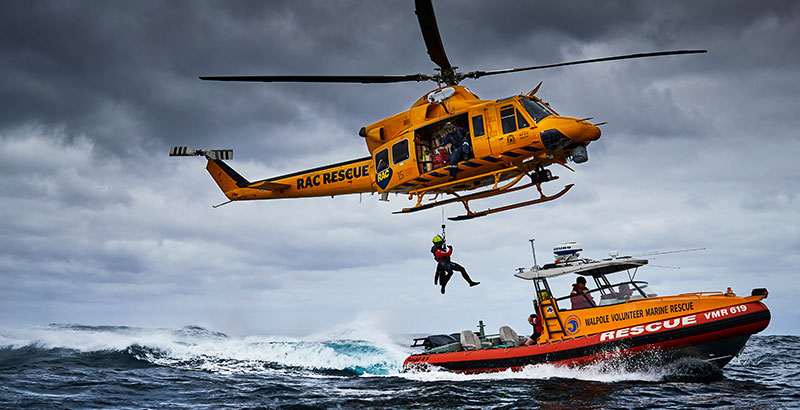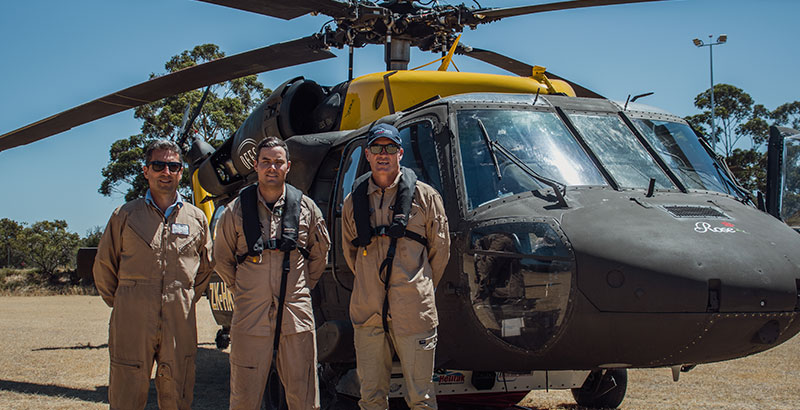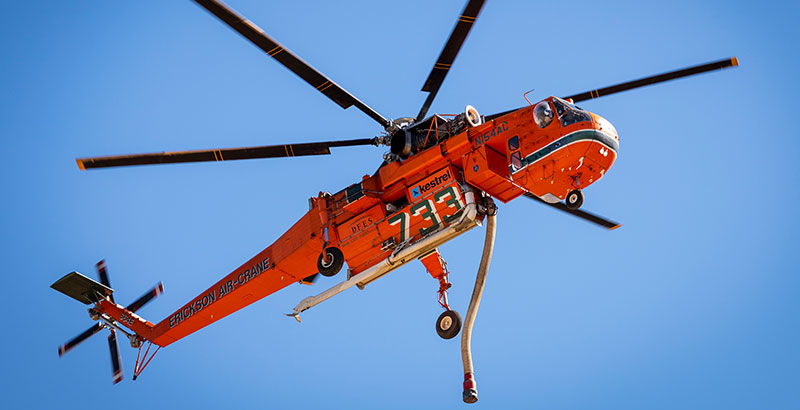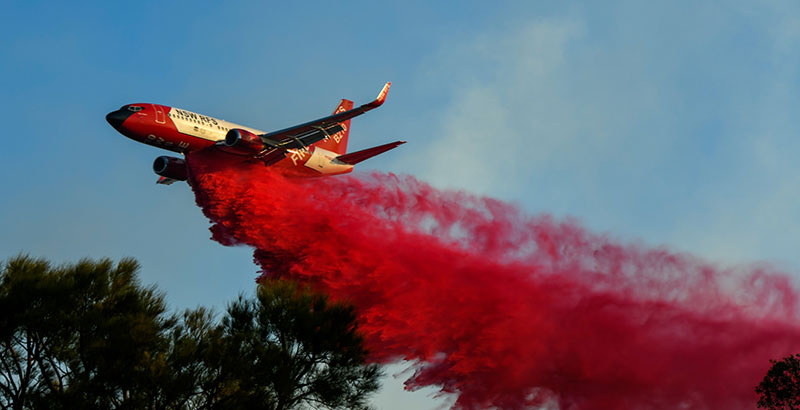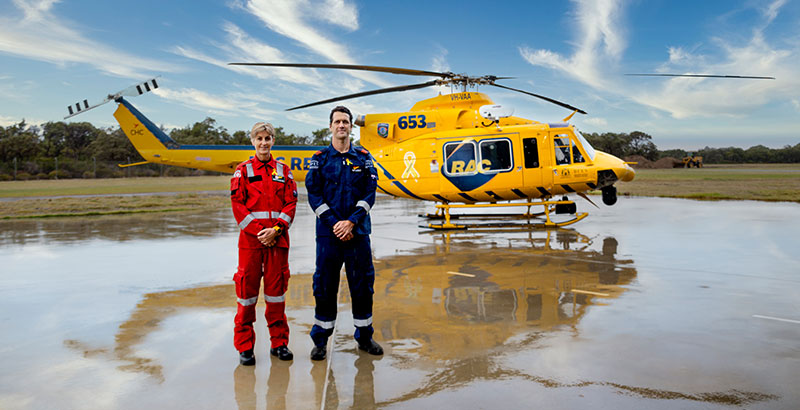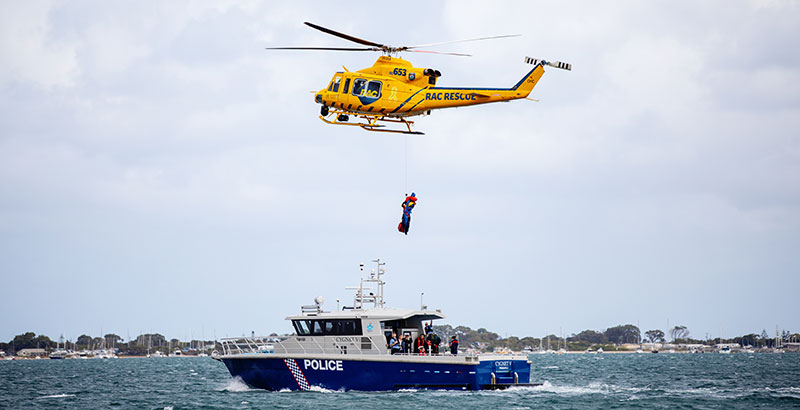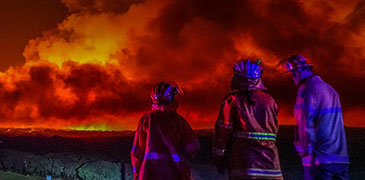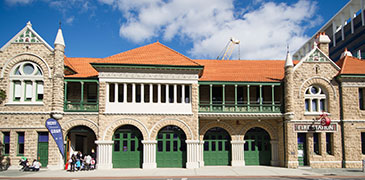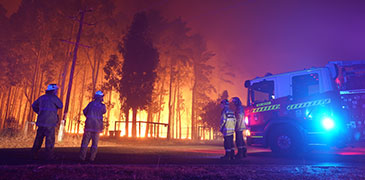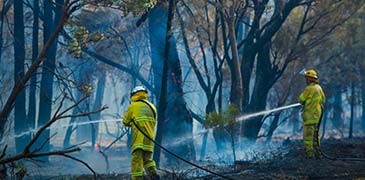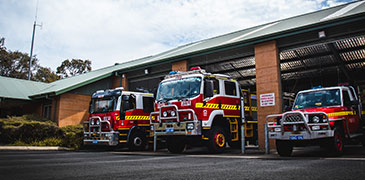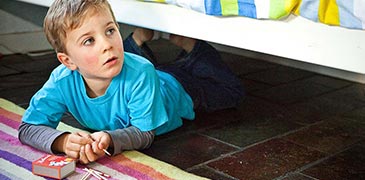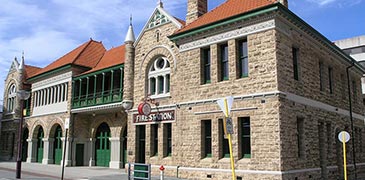Under the Bush Fires Act 1954, the Fire Brigades Act 1942, and the Emergency Management Act 2005, Helitaks are legally permitted to collect water from private residential and commercial land.
The Helitaks commonly source water from lakes, dams, streams, reservoirs, and portable collar tanks. The most efficient sources offer safe and clear entry and exit paths free from infrastructure and obstructions.
Saltwater is not generally used for aerial suppression other than the Type 1 High Volume Air Crane. This is due to the spray leaving residue on the helicopter’s mechanical components and therefore interfering with visibility, compromising the crew's safety.
Water sources are chosen based on proximity to the incident, access to the water source, visibility, level and suitability of water available with little or no potential risk to public spectators.
Helitaks do not collect water from domestic swimming pools as a 100 metre clearance is required for approach and take-off. These helicopters create substantial rotor wash and dangerous turbine heat emissions that present a risk to people and property.
Helitak pilots need to have high visibility when supporting firefighting crews on the ground, which is why Helitaks can only operate during daylight hours.




